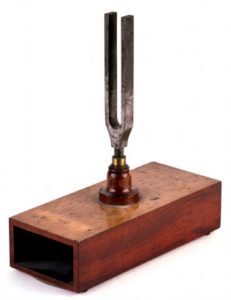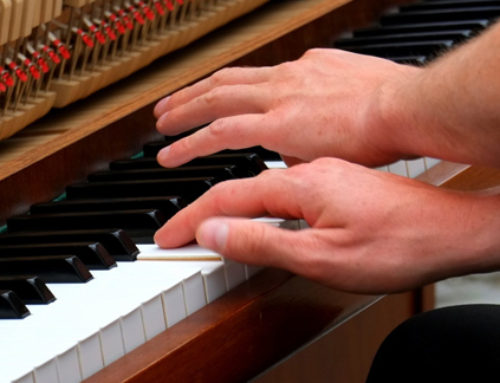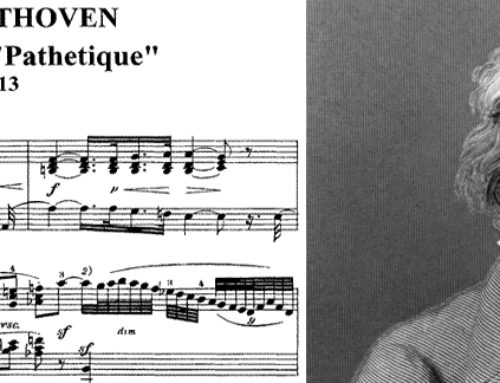 The tuning fork is an instrument that was created to tune musical instruments. Its invention is credited to John Shore, a British musician, Sergeant Trumpeter, and Lutenist, in the year 1711.
The tuning fork is an instrument that was created to tune musical instruments. Its invention is credited to John Shore, a British musician, Sergeant Trumpeter, and Lutenist, in the year 1711.
The tuning fork looks similar to a fork, with two prongs that extend from a U-shaped steel bar. When stricken, its vibrations emit a specific pitch and tone, which is dictated by the mass and length of the prongs. Once the overtones dissipate, the pure tone that remains is used to tune musical instruments, such as the piano and guitar.
Shore’s tuning fork had a pitch of A423.5A, while the standard for today’s tuning forks is A440 (the standard concert pitch) or C523.3. Before Shore invented the tuning fork, wooden pitch pipes were used to tune musical instruments. However, factors such as humidity and temperature often made the pipes unreliable in producing a uniform pitch. The reliability of Shore’s tuning fork is due to its simplicity, which also makes it easy to use. When struck, the handle vibrates, moving up and down. At the same time, the prongs move from side to side. After striking the fork, the user presses the handle against an object, such as a wooden box or table top, or the user can simply hold the tuning fork near his or her ear. When the vibration is transmitted to a resonator, the sound is amplified, but only a faint sound is produced when the tuning fork is held in the open air. Placing a sound-absorbing sheet between the two prongs will increase the volume.
Since its invention, the tuning fork has been used in the construction of keyboard instruments. In 1888, Torakusu Yamaha built a reed organ that was rejected due to poor sound quality. Using a tuning fork, he improved his instrument, giving birth to what we now know as the Yamaha Piano Corporation. Tuning forks are also principal to the construction of the hammers of the Rhodes piano, which electronically amplifies the sound, producing greater volume.
The tuning fork has since evolved and its applications have expanded from music to science and medicine. Scientists have used variations of the fork to diagnose hearing disorders, and it has been used diabetic neuropathy and nervous system diagnoses. Otto forks, which are weighted tuning forks, are used in alternative medicine and various relaxation techniques.
The tuning pitch remains the preferred tuning instrument in concert halls and orchestras. It is represented in Yamaha Piano Corporation’s logo, paying tribute to the tuning fork’s role in the advancement of tone, pitch, and sound in keyboard instruments.
Click here to learn more about the services Robert’s Piano Services offer.
Call 408.375.3612 today for a free consultation to determine your piano’s needs and create a personalized tuning and servicing schedule based on your piano’s age, condition, usage, and environmental factors.
专业钢琴调音师
钢琴调音器
钢琴维修
钢琴检查
















